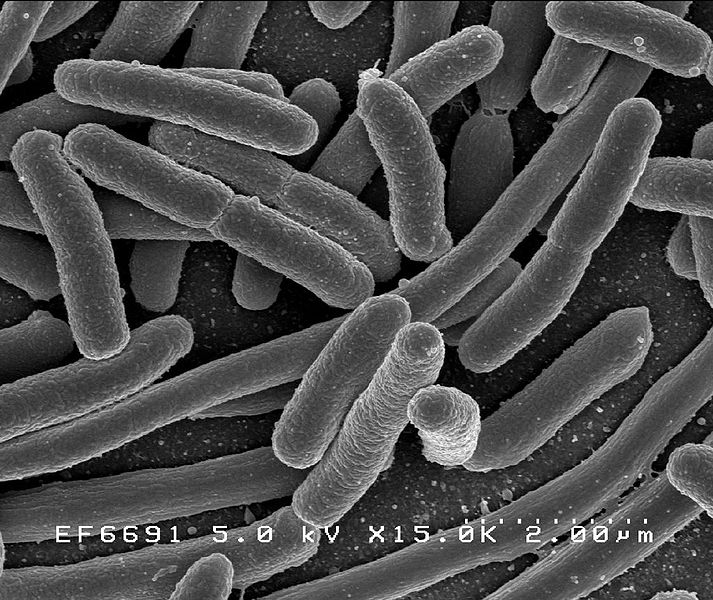The toxic strains of the common intestinal bacteria are multiplying

If the full name of any bacterium becomes an everyday term, it will surely be Escherichia coli O157:H7, a bacterium that caused severe food poisoning in the US that was linked to Jack-in-the-Box hamburgers, Taco Bell onions and spinach in the package. Now, even more virulent strains are overshadowing this strain of mostly innocent gut bacteria. In the spring of 2011, another strain of E. coli - the O104:H4 strain that was only recently identified - killed dozens of people in Europe and sent hundreds more to hospitals. The US Centers for Disease Control and Prevention (CDC) is now tracking at least six E. coli strains related to shiga toxin, which, like O104:H4 and O157:H7, causes bloody diarrhea and, in severe cases, fatal kidney failure. Here are some surprising facts that you may have missed in the headlines last spring.
Antibiotics can worsen the condition of an E. coli infection. It is possible to literally cause the death of a patient suffering from an infection of ischemia that produces Shiga toxin, if they are given antibiotics, including antibiotics from the fluoroquinolone family such as Cipro. This is because after the bacteria die under the influence of the antibiotic, they release large amounts of the toxin. Fortunately, one particular group of drugs, called carbapenems, does not appear to cause a significant release of the toxin, but these drugs are usually given only in special cases. This explains why passengers who bring antibiotics from home, just to be safe, are not allowed to take them if they have bloody diarrhea.
coli strain O104:H4 is resistant to at least 14 types of antibiotics. The reason is shrouded in mystery, mainly because many of them are not commonly used to treat vocal fold infections. It seems that at some point these bacteria, or other bacteria with which they exchanged genetic material, evolved in an environment saturated with antibiotics, such as a hospital or a farm.
The O104:H4 strain may eventually appear in other countries, including the United States. The CDC has already confirmed that there were several cases of infection of US residents who recently traveled to Germany. Although US health authorities do not believe that the current outbreak will spread in the US, a similar strain of E. coli may develop in the US in the future.
O157:H7 strain is not so threatening anymore. This is due to the US government requiring food manufacturers to report its presence to health authorities. But the number of diseases caused by other Shiga-producing E. coli strains is increasing rapidly. Many food safety experts believe that food manufacturers should be required to report more E. coli strains and that this step will reduce morbidity.

4 תגובות
All E. coli infections and other disease agents that reach agricultural fields
(like the story with the cucumbers a while ago)
They originate from sewage that comes from animal feces, and from the animals themselves that are raised on the farm
As was said before
Celery and kohlrabi don't suck
This "meat" is mostly canned vegetables (what the cows eat). So we are all vegetarians in the end.
Bacteria and many other diseases reach us through the meat industry
You can avoid a lot of illnesses if you stop eating meat
http://www.youtube.com/watch?v=ittFtDAAab0
The uncensored version
http://www.youtube.com/watch?v=es6U00LMmC4